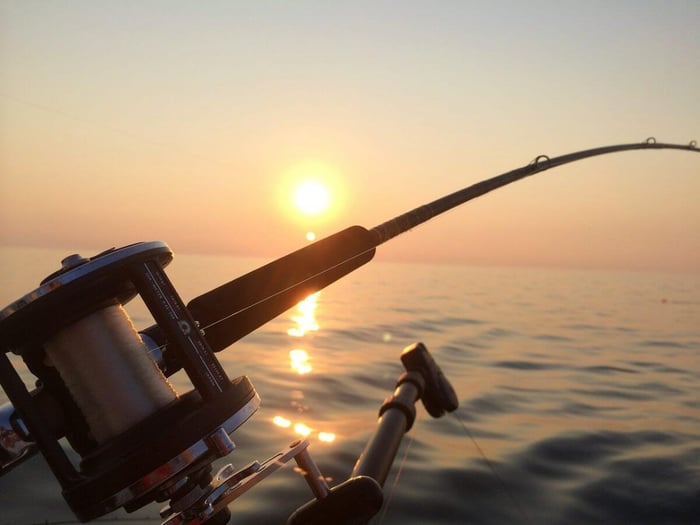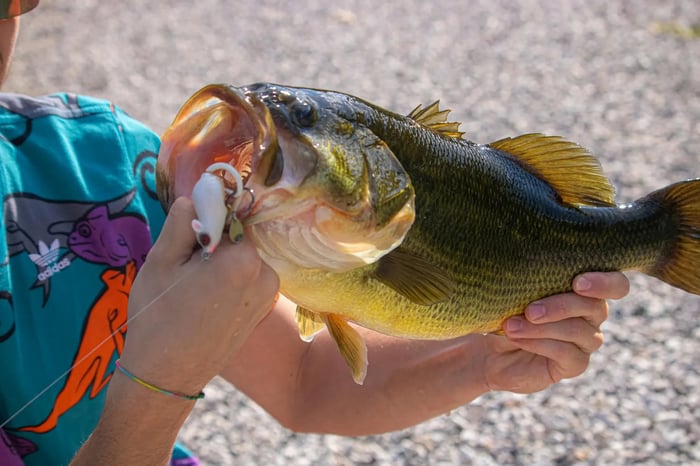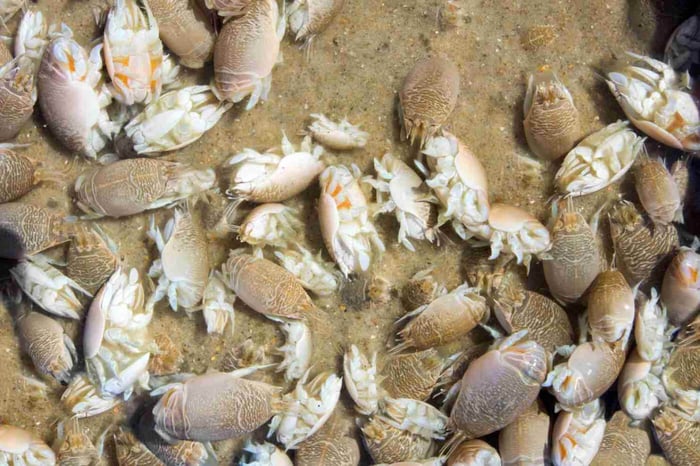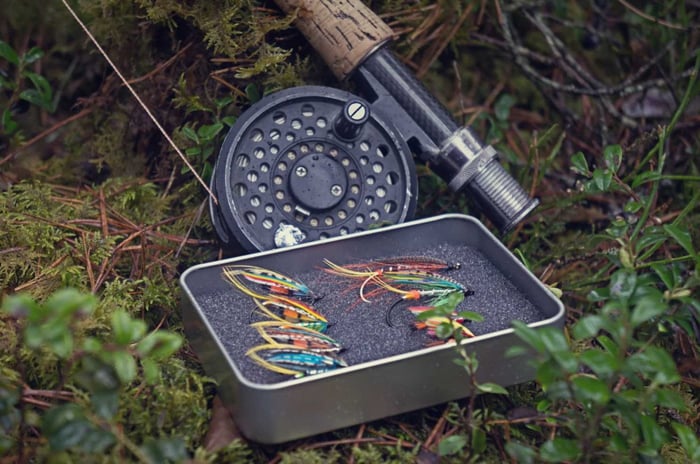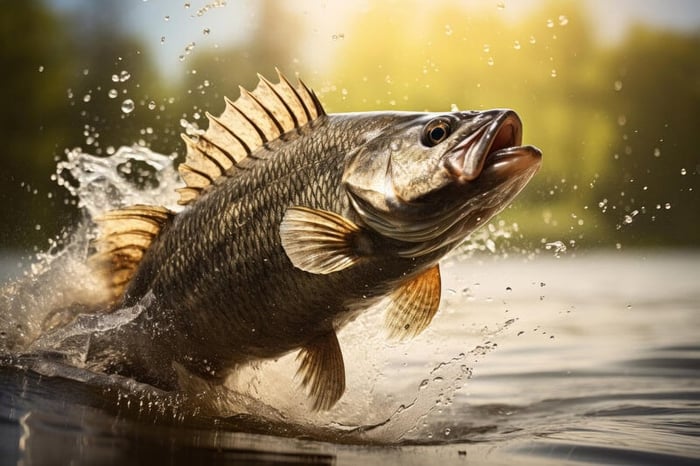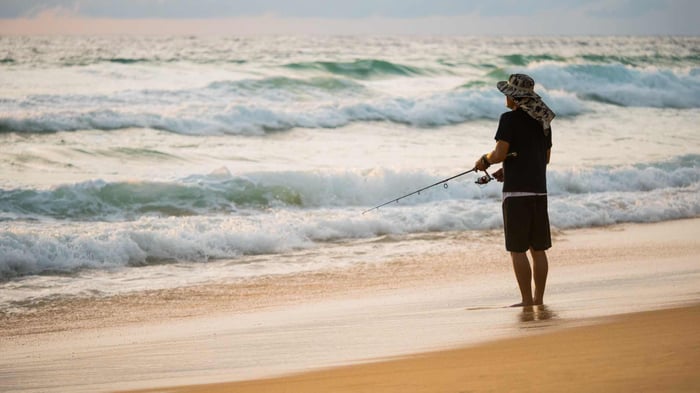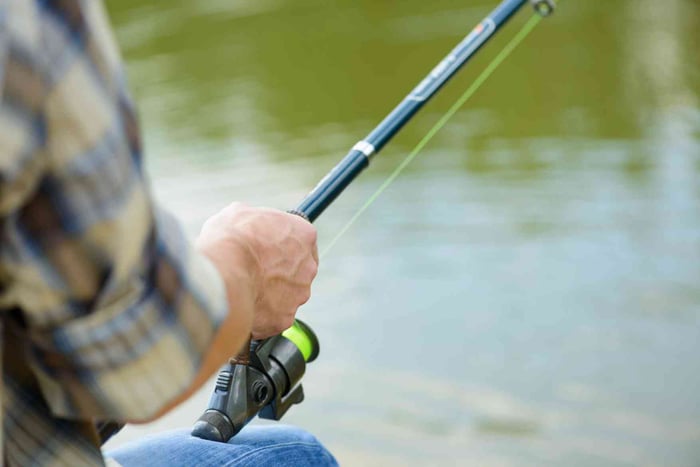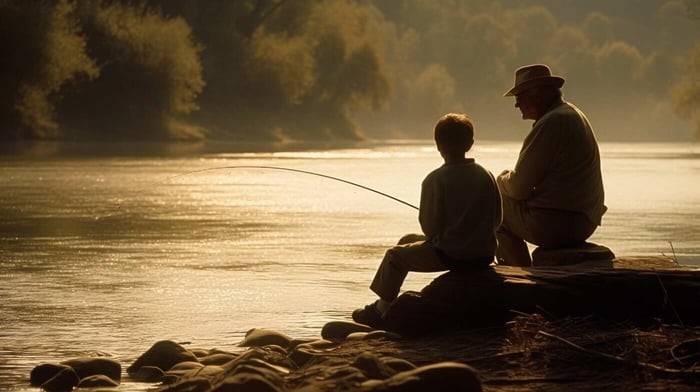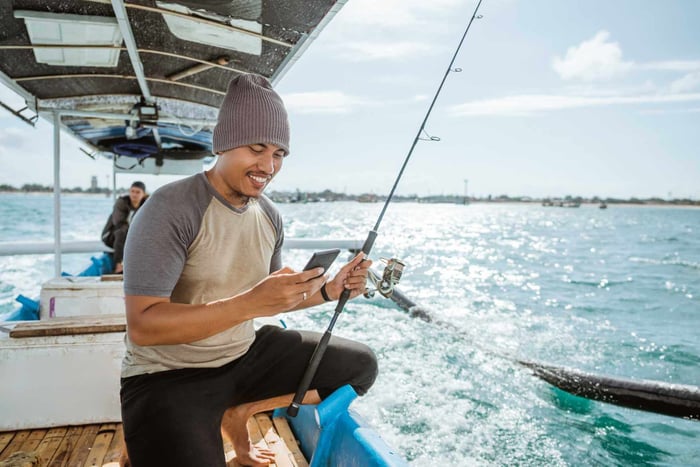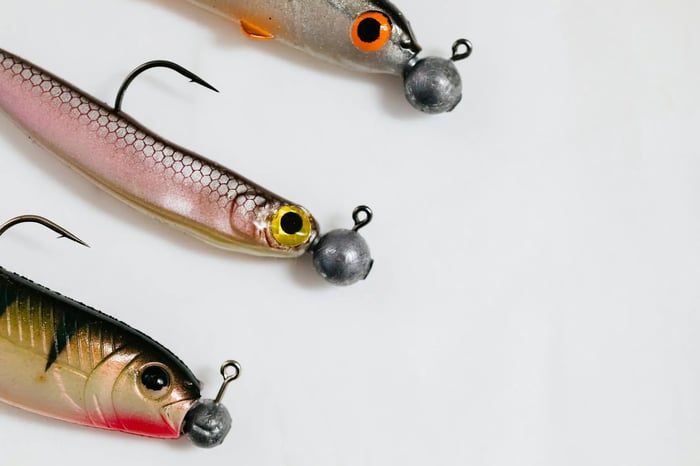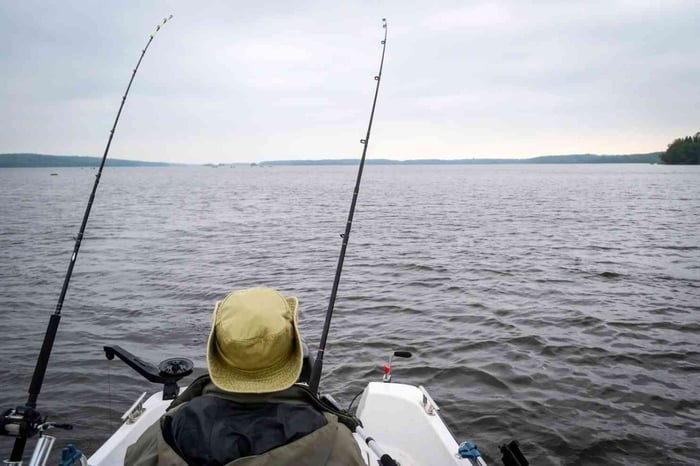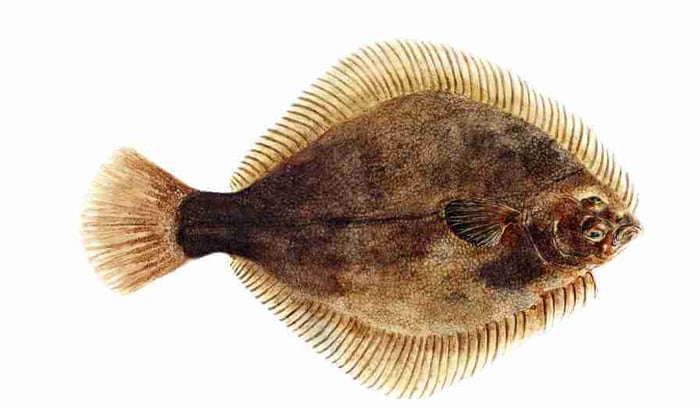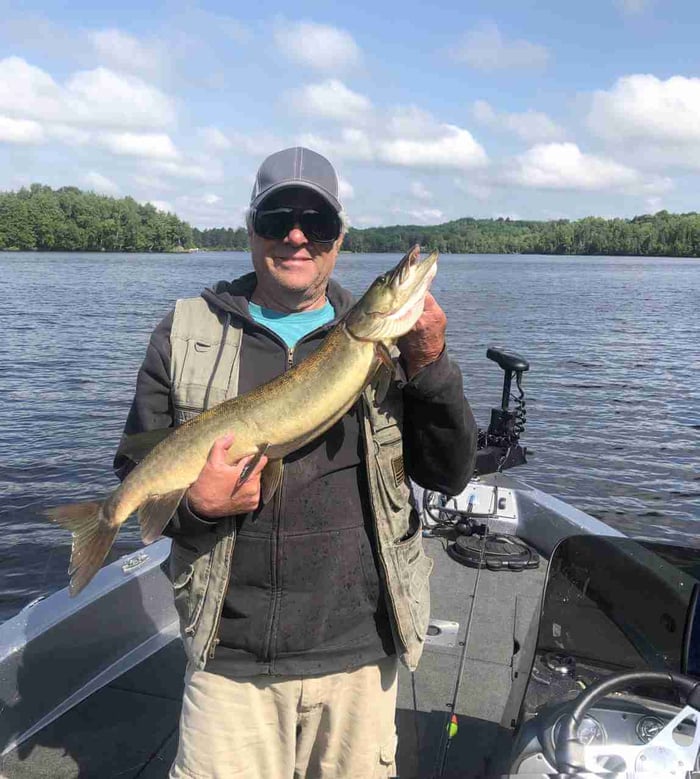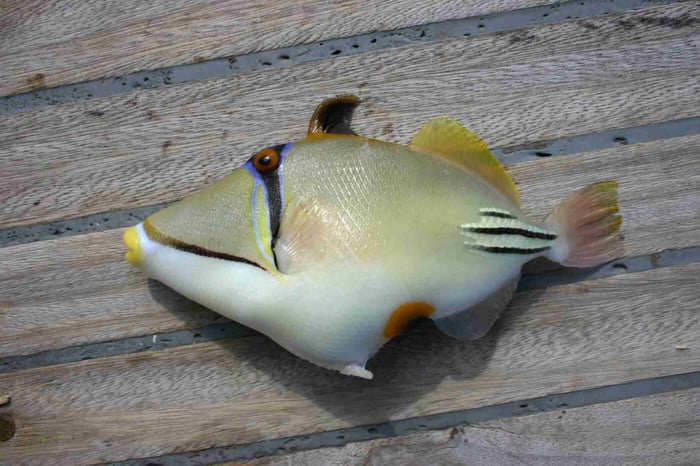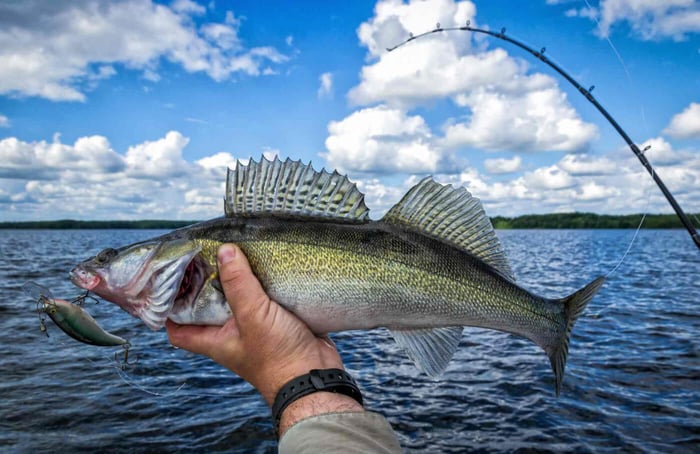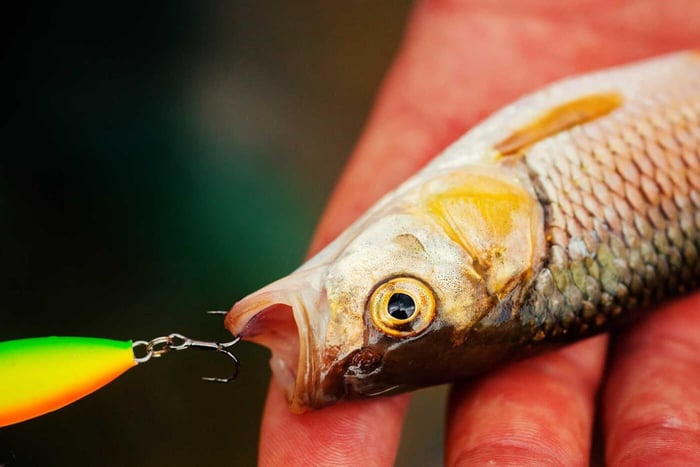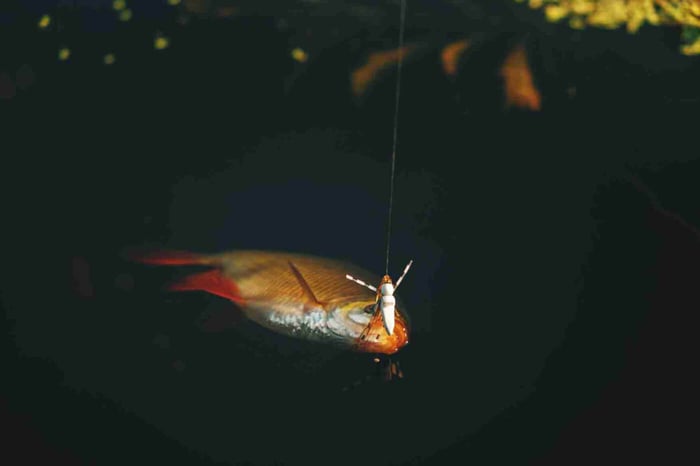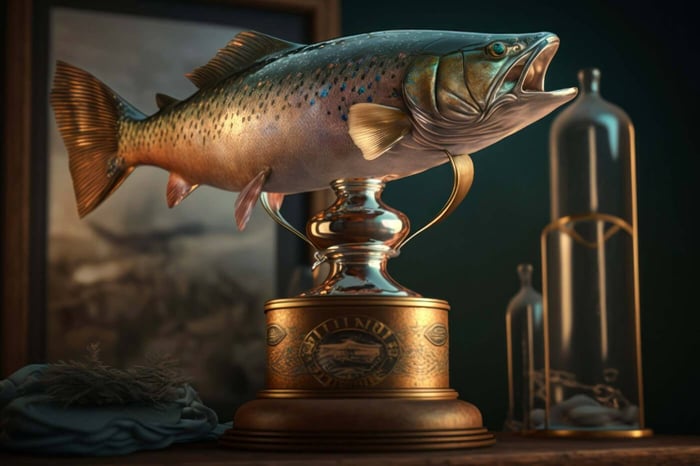Fishing is a proven well-known outdoor activity that spells out FUN. Regardless of whether to set up camp for a week or get away from the hustles and bustles of the city, fishing is relaxing, energizing, as well as a form of socializing with these simple reasons why one goes out for fishing, catching a fish, and reeling in become a serious matter.
One of the first fishing skills you should learn is setting up your gear as an angler. Whichever fish you wish to get, knowing how to string your fishing pole is the initial step you want to do before anything else.
You don't need to master stringing a fishing pole immediately if you are a beginner. Everything is a process, and setting up your fishing pole is a skill you can master after a couple of practice in your excursions. Stringing a pole is a straightforward task that anybody can learn after a couple of practices, and in a matter of time, you will be all set with your setup.
To get you started, below is a step-by-step guide on how to string your fishing pole, from finishing your equipment down to connecting the lure or bait.
How to String a Fishing Pole
Before lining a fishing pole, there are a few steps you need to take to complete your fishing setup. First up, you'll have to complete a checklist of items below:

Fishing pole
The fishing pole is a slim pole (rod) connected to the fishing line with a hook toward the end. Its normally made from fiberglass or carbon fiber. It comes in many different varieties. The type of pole to choose would rely upon a specific scenario, waterbody, or type of fish. You can start with spinning rods, best suited for beginners.
Fishing reel
A fishing reel is a cylindrically shaped gear that you attach to your pole. The fishing reel is the one you turn to retrieve the fishing line. The speed of the release and retrieval of the fishing line would rely upon the kind of the reel. There are four reels: spinning reels, baitcasting reels, spin-cast reels, and fly reels.
Fishing line
The fishing line is the center of this guide. It plays an important role as it helps suspend the lure further from the angler and reel in the fish. There are three kinds of fishing lines - braided, monofilament, and fluorocarbon line. Anglers base their option on their sturdiness, weight, and overall line capacity.
Fishing hook
You need a fishing hook connected at the end of your hanging line off the tip of your fishing pole. There are many ways by which you can attach a knot to the fishing hook. What you choose depends on your skill and convenience. With the hook, you would need a lure or a bait.
Bait or lure
Bait or lure are tools used to attract your fish. The fish eat the bait, such as worms and crickets, while lures are formed like a fish draw. Baits even move in specific movements to get the attention of a fish.
Safety measure: Be cautious while handling a fishing hook. It is typically sharp and may hurt you. Be extra cautious when you have children around. Leave it inside the package until it is time to attach it to your line.
With these things, adding weight and bobbers will make it more straightforward for beginners. Other than that, you're all good to go and now figure out how to line a fishing pole.
After you've chosen all the main items from the checklist, then you can move ahead in this step-by-step guide.
Step-By-Step Guide To String A Fishing Pole
Whenever you've secured the required equipment, it's now an ideal opportunity to assemble them to complete your fishing gear. Below are the steps on the most efficient method to get it done.
Part I: Assembling The Rod And Spinning Reel
Step 1: First of all, before assembling your rod and reel, it's fundamental to be familiar and comfortable with its parts first, so it's easier to assemble them, particularly if you are watching or reading guides on the best way to get it done.
Step 2: Wipe every piece with a clean cloth before assembling them to dispose of debris or dirt that might scratch it. Then, you should now set your fishing rod together.
Step 3: Most rods are disconnected through the joints known as ferrules. Hold one ferrule safely at a 45-degree angle and anchor one more ferrule around it. Push and twist the two ferrules together until the metal loops are aligned.
Step 4: Finally, attach the spinning reel to the rod. Locate the reel seat situated at the lower part of your rod, where you can insert the reel. Ensure not to over-tighten the reel to avoid breaking or destroying the rod.
Part II: Lining The Fishing Pole
Step 1: Lift the silver ring-like piece on the spinning reel, the bale arm, and flip it on the opposite side. You can load the fishing line if you open the bale arm.
Step 2: Slot the free endpoint and tie a loose knot into the vertical line using an arbor knot. Ensure that knots are cozily tied by tying one more loose knot at the tag end up to seven times.
Step 3: Pull the edge of the line into the loop nearest to the hook eye and pull it back into the bigger loop. The knot will tighten, assuming that you'll pull the tag end together. Trim the tag end.
Step 4: Close the bale arm by flipping it up the other way. You would know that it's truly closed if no additional fishing lines came out if you pulled the line.
Part III: Attach The Hook And Lure
Step 1: In this part, the first thing to do is pick a lure. There are various types of lures that you can choose from. Base the color of the lure that you'll use depending upon the weather. If it's a sunny day, choose a silver lure.
The silver lure effectively stands out once the light rays reflect on it. Choose gold since its reflective characteristic emits light to stand out enough to be noticed in gloomy weather. Use a spinner if you opt for a multipurpose lure.
Step 2: Thread the line through the eye of the hook. Secure it by wrapping the tag end into the vertical line no less than five times.
Step 3: Tuck the tag end back through. Please do this by taking the tag and stepping it back through the lure. Loop it through the big loop where the line is. Fold it once again inside the loop to come under the line.
Step 4: Wind the overhand knot by pulling the mainline and tag end together to make a tight knot at the lure.
A few Mistakes You Should Avoid
There are many mistakes that individuals make while stringing a fishing pole. Below are the most widely recognized ones. This way, you will avoid them right from the start.

Wrong knots can bring miseries. One of the crucial errors you can make is tying the wrong knot. You want to use a knot that will want to withstand the pull made by your catch on a line. Your smartest choice should be going for two knots or double knotting. This way, you might go quite extra; however, nothing less to feel sorry for later.
1. Line overfilling.
The line and spool end need a room in the middle to work better. Overstepping here can result in a horrible performance of the reel later on. A spool overfilled by string will feel extremely difficult to keep the line firmly against itself. In the worst scenario, you might encounter tangling also. WWhat'smore is bad news for your fishing plans for the next day.
2. The tension needs to be sufficient.
The line having slack is an opportunity for a huge disaster. Mainly if you let your attention slip briefly, when the catch pulls on, give, your string will tangle since it was excessively loosely wrapped. As it's vital to attach the line with sufficient tension to avoid snapping later on.
3. Don't miss an eyelet.
Since there are micro guides, you might encounter going over an edge with little holes between the real eyelet and frame. Furthermore, for this situation, generally, the eyelet is extremely tiny.
Subsequently, there's the possibility of running the lines between this hole between the edge and eyelet. But, it should go through the eyelets. This can prompt a serious issue as sharp edges of frames are incredibly dangerous for the lines. Thus, give additional consideration to gears that go with such confusing combinations.
Why does my fishing line keep coming off the reel?
Use the right drag setting for each kind of fishing reel consistently. Around 50% of the time, the disentangling fishing line happens because of the incorrect drag setup. Furthermore, it might likewise be the reason why the reel keeps coming off of a fishing line. Keep the Right Stress Still.
Do you have to soak the fishing line before spooling?
Often leave your line submerged in a container of warm water before spooling up with mono. A couple of long hours of soaking time would do. However, using a heavy lead to guarantee that the whole spool of line is under the water, it's best to keep it soaked overnight.
How regularly should you change the fishing line?
It would help if you got the fishing line changed once or twice a year. The recurrence of the use of the line will have an impact. However, a few different factors can influence your line's life expectancy, like frequency of use. Frequent use can weaken the line's construction, making it more fragile and bound to tangle.
Start Reeling In!

A successful catch relies upon how well you have assembled your equipment.
Lining your fishing pole is simple; all it needs is some practice, and quickly, you'll line your fishing pole with practically no problems.
Remember that it is important to understand that the most effective way of spooling a fishing reel will rely upon the reel and line you are using. A few lines require various knots, and additional lines are particularly appropriate for use with specific rods.
Whenever you know precisely how to place one on a spinning reel, you can practice until you get it solidly in no time. The main point of placing a line on a fishing pole and spooling a spinning reel is to ensure the lines are loaded the same way the reel rotates and is free from any knots or twists.
Again, you will most likely not master it on your first attempt, but patience is key in learning. You surely even reap that big shot!
If you're buying your rod and reel, it's best to take some time to consider your choices with an expert. Explain your skill level, the planned use, and where you intend to go fishing. Given these, a trained professional will want to make the correct suggestions.
